Three Stunning and Spiritual Walks to Try this Easter Holiday
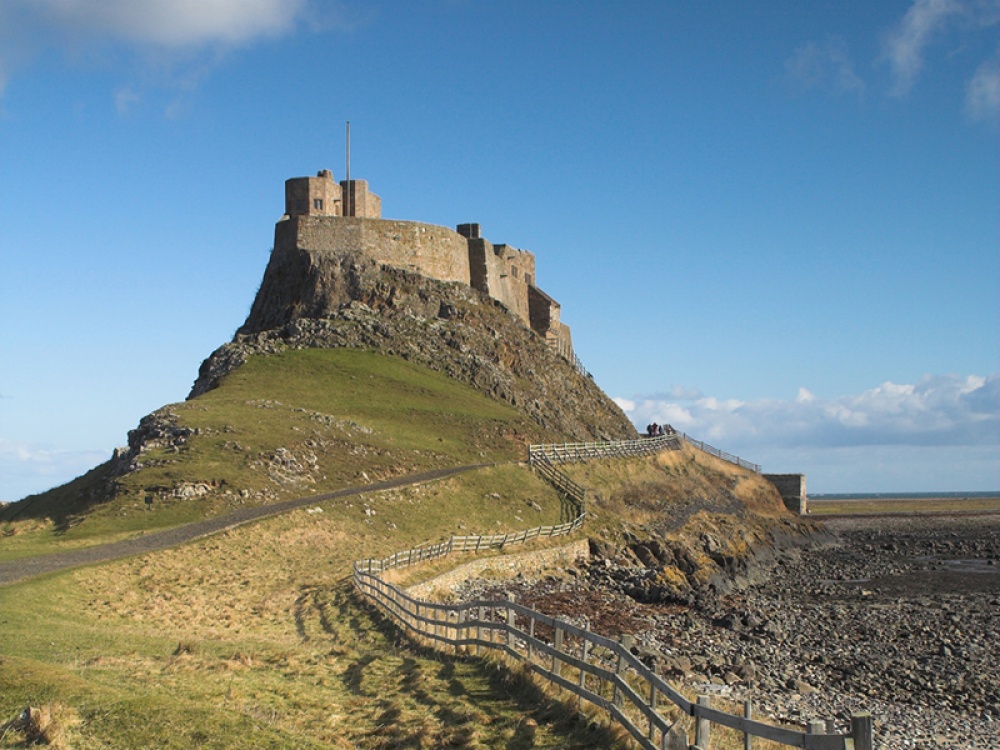
Easter marks the perfect time to head out and explore some of our favourite places with a spiritual connection

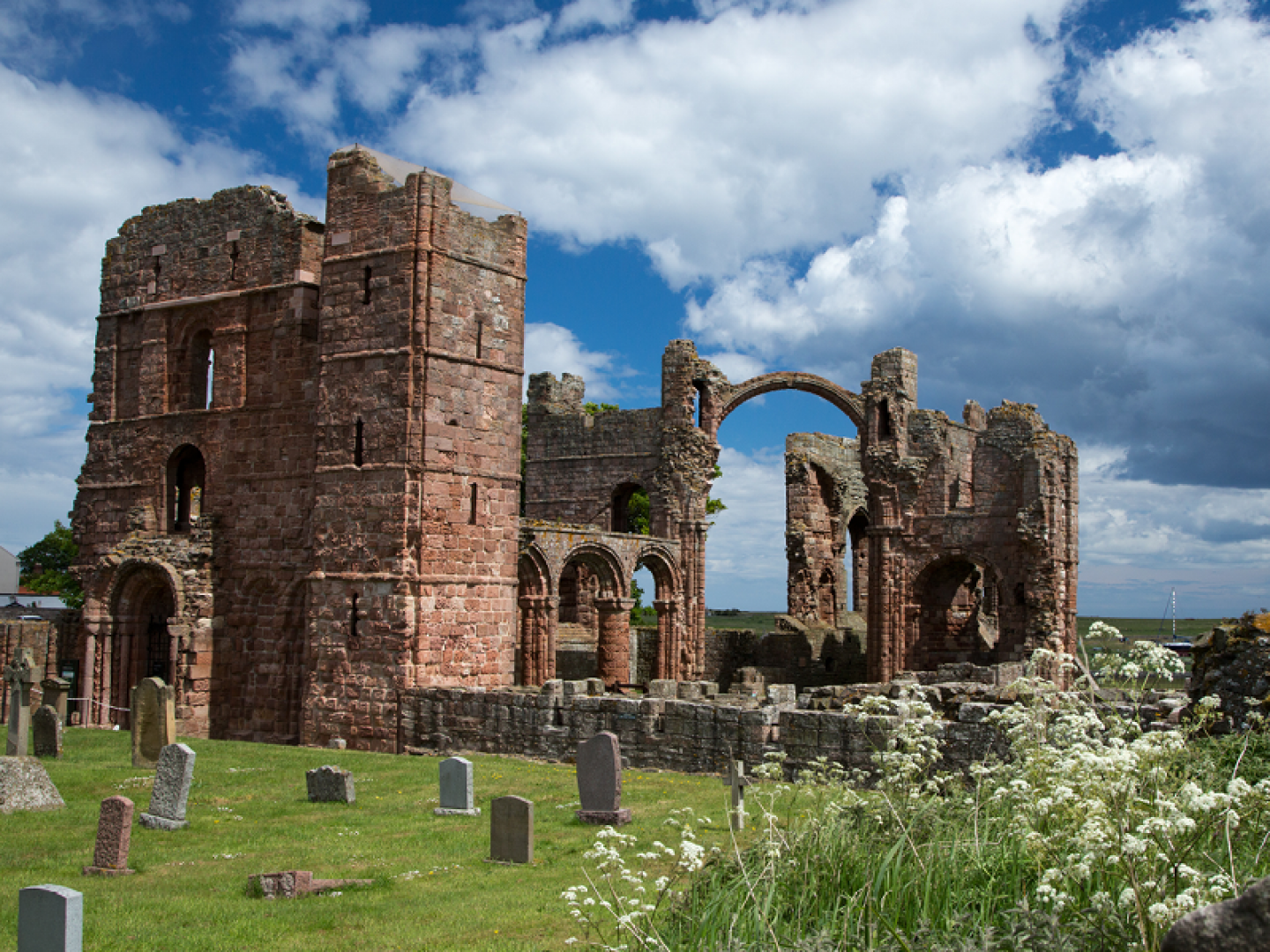
Follow in the footsteps of saints, monks, villagers and pilgrims around the Holy Island of Lindisfarne. Home to an ancient priory and castle, it was named Holy Island in reference to the Saints Aidan and Cuthbert.
Holy Island became the base for Christian evangelism in the North, and it’s where monks from the Irish community of Iona (a small island in the Inner Hebrides) settled. The monastery of Lindisfarne was founded around 635 by Irish monk Saint Aidan and Northumbria’s patron saint, Saint Cuthbert, was an Abbot here. The Pilgrims’ Way is marked out by poles in the sand and is more direct than the causeway road and this route starts from the end of the causeway on mainland. Of course you can now drive onto the island, but either way be sure to check the tide times. When you’ve reached the island, either by foot or wheels, start this circular route from Chare Ends visitors car park. This walk leads you to must-visit Holy Island sights. Cross the road and turn right to reach the shoreline where the Pilgrims’ Way meets the island then follow the path, stopping every now and then to take in the views across the water.
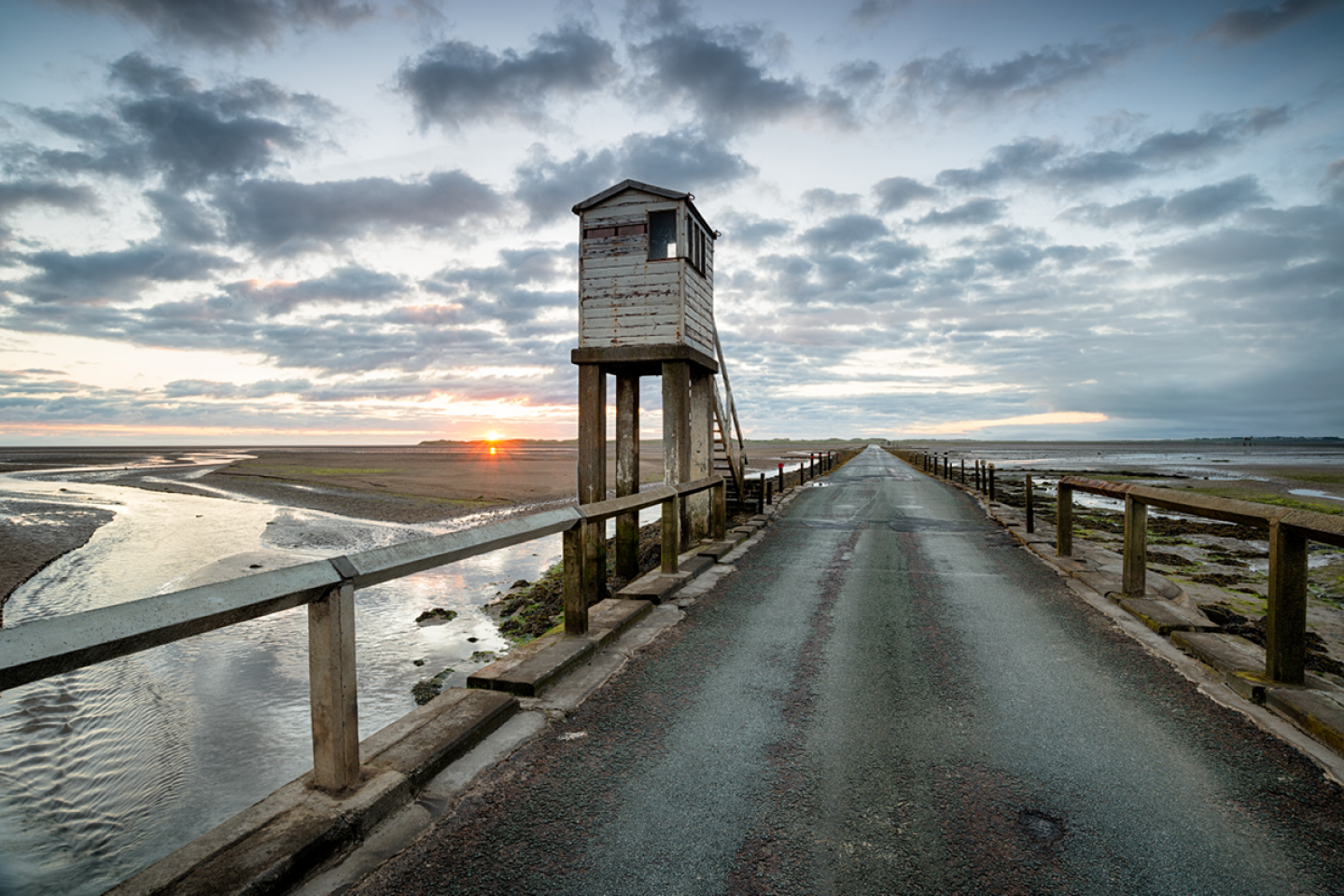
Continuing along the shore and over the rocks, you’ll see Saint Cuthbert’s Island to your right, as well as the The Old Lifeboat House museum. Continue along the beach and follow the path to the left, then uphill towards St Mary the Virgin Church. This is the oldest building on the island – look out for the Saxon arch. The Journey, a sculpture carved by Fenwick Lawson depicts hooded monks carrying Saint Cuthbert’s coffin when they left the island in 875. You might be able to spot the island’s castle in the distance from here too. Continue past the church to Lindisfarne Priory (the birthplace of the world-famous illuminated 8th century manuscript Lindisfarne Gospels). This is your opportunity to follow in the footsteps of the ancient monks who built it nearly 1,400 years ago. The ruins are from the early 12th century, when Norman monks from Durham Cathedral founded a new community here. Saint Cuthbert is one of England’s most famous saints, and a new monument marks the site of his original burial place, carved by sculptor Russ Coleman. Don't forget to look out for the statue of Saint Aidan. After exploring the priory and its museum, continue straight on to St Aidan’s Winery – the home of Lindisfarne Mead – or follow Crossgate Lane to find Pilgrims Coffee House & Roastery (a good place to refuel). Turn left here to explore The Lindisfarne Gospel Garden, which has been designed inspired by the Lindisfarne Gospels. Continue straight on Chare Ends to arrive back where you started.

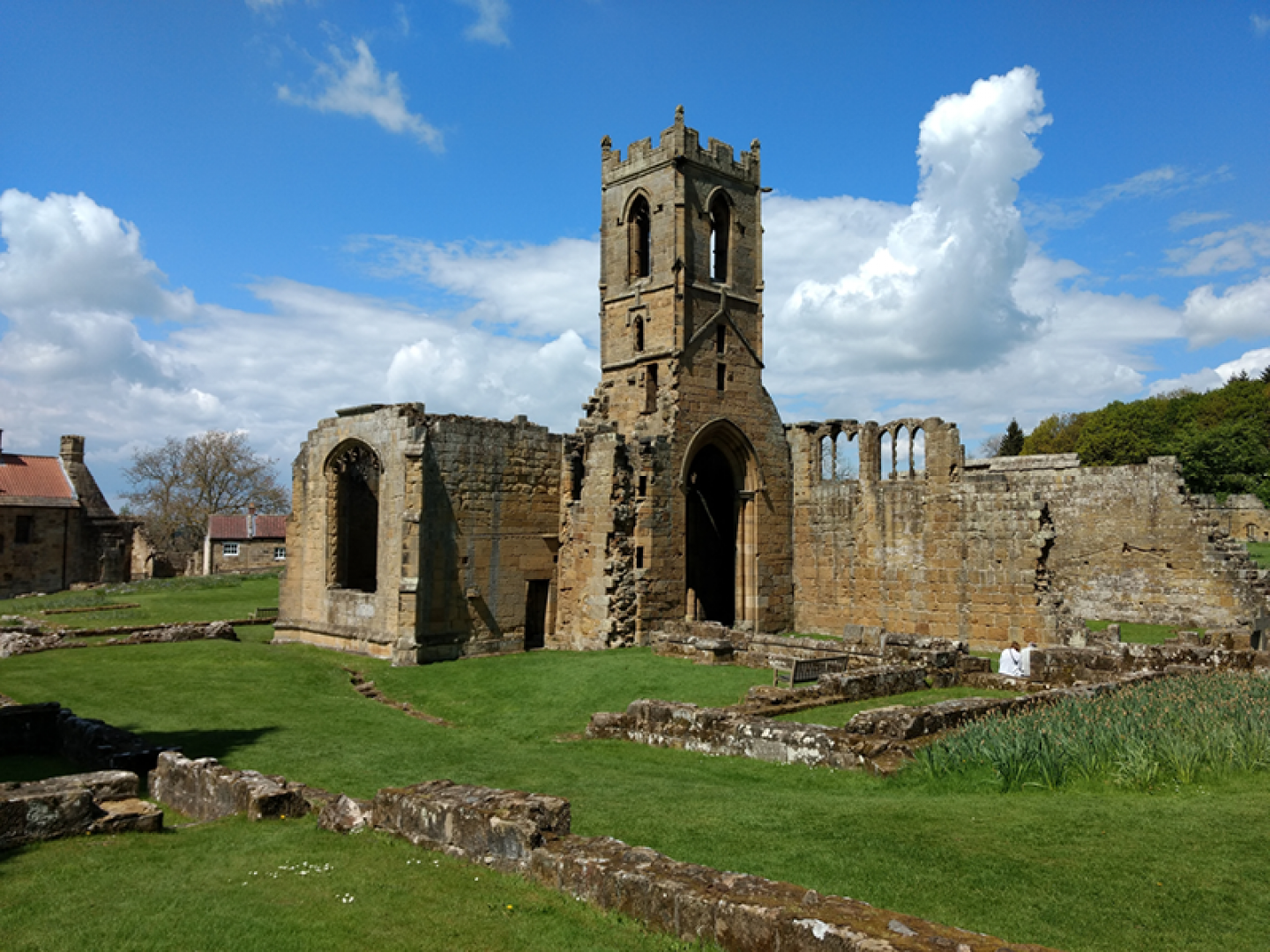
This circular walking trail near Osmotherley takes in stunning sights but a detour to Mount Grace Priory, the remains of a 14th-century Carthusian monastery, promise a saintly twist
You’ll begin from Scarth Wood Moor car park and cross Cod Beck at the stepping stones. Go through the gate, climb the steps, cross a bridge and join the path with the beautiful Cod Beck Reservoir on your right. This man-made lake is popular with dog walkers. When you reach the dam end, turn left and follow the path through woodland where Osmotherley rooftops peek through the trees. Turn right on the path and another track will converge from the left. Join the narrower path and continue straight on. Through two gates, follow the path with a wall to your right. Look out for the Cleveland Way sign on your right and follow it towards Whitehouse Farm. Another sign will direct you to the right. Go through two gates and across a track over the beck. Climb the steps and follow the path into Osmotherley. You’ll wind between houses to reach the village. Find the Cleveland Way sign directing you up Rueberry Lane then head to the Shrine of Our Lady of Mount Grace, the diocesan shrine for the Catholic Diocese of Middlesbrough, known locally as The Lady Chapel. It’s at this point we recommend a detour to Mount Grace Priory. At Chapel Wood Farm, take a U-turn off the Cleveland Way, through the fields and into woodland then follow the path downhill. Look out for the tower of Mount Grace Priory peeking through the trees.

Mount Grace Priory, House and Gardens (established in 1398) is a tranquil place to visit and is home to the most complete surviving Carthusian monastery in Britain. The small church has a striking tower, cloister and reconstructed monk’s cell which shows how a Carthusian monk would live and work. You'll enter via a 13th-century manor house where you’ll discover an exhibition and restored Arts and Crafts rooms. Take time to relax in the gardens redesigned by award-winning gardener Chris Beardshaw and don’t forget to keep your eyes peeled for the famous priory stoats. Retrace your steps and rejoin the Cleveland Way leading onto Scarth Wood Moor where sand martins nest in the beck's banks and common toads move to mating grounds in early spring. With Roseberry Topping in the distance, make your way back to the car park.

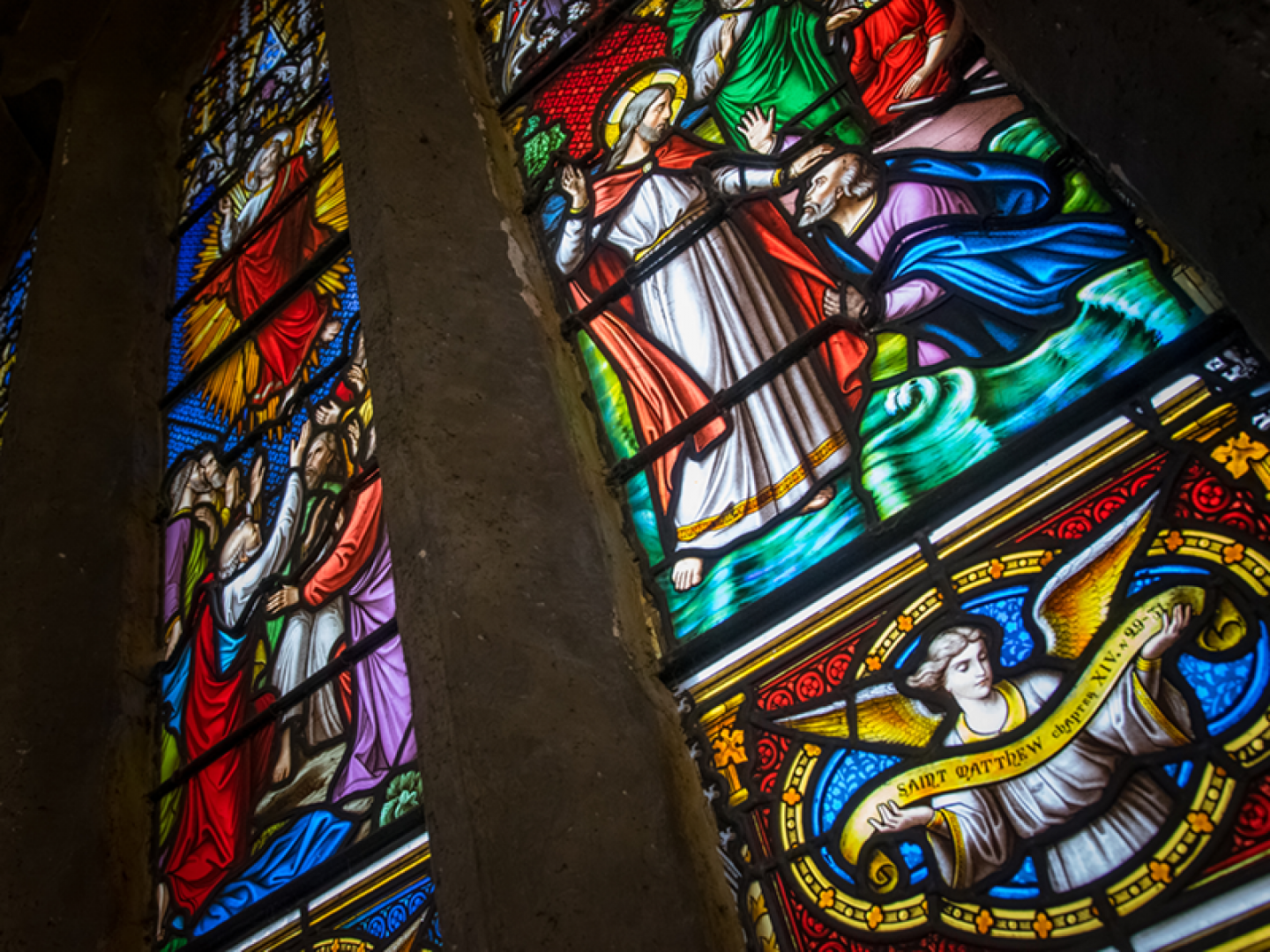
The Northern Saints Trails are a collection of six long-distance walks inspired by ancient pilgrimage routes that criss-cross the North East. The Way of Light transports you from the dawn of Christianity and takes you on a journey through its history across our region
The Way of Light is a 45-mile long route, so you might want to decide on your own start and end point. The trail actually starts at Heavenfield, six miles north of Hexham, the site of a battle victory for the future king and saint, Oswald, which reunited Northumbria. The tiny but pretty hilltop church here is a great place to take in the surrounding landscape. Begin your southward journey down the grassy path to the gate by the tall oak cross (which was erected in the 1930s).
Head down into the Tyne Valley, but make sure to stop off at the unusual St John Lee Parish Church as you walk through Acomb where you’ll find the Oakwood Stone, a cup-and-ring marking from 1600 BC. Your next stop, the historic market town of Hexham, is the best place to refuel in one of the many cafés before stepping back in time at the abbey – one of the earliest seats of Christianity in England. Hexham Abbey is a place of Christian worship dedicated to Saint Andrew (one of Jesus’ apostles according to the New Testament). The oldest part is the Saxon crypt, and the night stair offers a glimpse as far back in time as the 13th century.

From the abbey entrance, cross over to the market area and continue via St Mary’s Chare. Continuing to head south, the trail takes you through open fields, woods and across a stream into Devil’s Water, where the Battle of Hexham was fought on the banks in 1464 during the War of the Roses. Through the valley you’ll eventually emerge onto Blanchland Moor and the 18th century village of Blanchland, where you can rest your head at the Lord Crewe Arms before continuing your journey – there’s an oversized fireplace which has a hole to hide a visiting Catholic!
It is worth exploring Blanchland Abbey (originally founded as a premonstratensian priory in 1165) before continuing on the trail south-eastwards through the villages of Edmundbyers, Muggleswick and Castleside. Visit All Saints Church (built in 1147) in Lanchester and look out for mice on the pews by Yorkshire carver Robert ‘Mouseman’ Thompson. Marvel at the Lanchester triptych by Judy Hurst, which is a celebration of the Christian ethos, then stop to refuel in one of Lanchester’s cafés before you carry onwards through Dora’s Wood, named after local 19th-century poet Dora Greenwell.
Before the breathtaking medieval cathedral at Durham is in sight, you’ll pass via Esh and into Ushaw – a historic house and former religious community for priests, surrounded by gorgeous grounds and chapels. With its history rooted in the North’s Christian heritage it has been a place of worship since 1808. In its heyday it was one of Britain’s biggest seminaries. Ushaw has acquired many treasures, including St Cuthbert’s ring, left behind by a wealthy 13th century pilgrim. Today’s collection of metalware includes chalices, patens, monstrances, reliquaries and sanctuary lamps and the many chapels here reflect colour through their magnificent stained glass windows.

Where better to end this saintly trail than at Durham’s UNESCO World Heritage site? You’ll enter the city from the west, over the 15th century stone Framwellgate Bridge, work your way through the busy Market Place and turn right up the cobbled street, where Durham’s castle sits opposite the magnificent cathedral. The 11th century castle once played the role of the seat of the Prince Bishops of Durham and visitors can take a guided tour, but we wouldn’t blame you for wanting to head straight for the mighty Durham Cathedral – an Anglican Cathedral and the central church of the Diocese of Durham.
The cathedral was founded as a place of hospitality and prayer for pilgrims visiting the resting place of Saint Cuthbert. You can find out more about the famous Sanctuary Ring on the North door in a special exhibition at the cathedral’s museum until June. But the obvious place to begin your exploration is at Saint Cuthbert’s shine, the man who motivated the original building, and Saint Bede is also here – his bones were brought here in 1022 and now lie in the cathedral’s Galilee Chapel. Be camera-ready for the Rose Window and take time to reflect in the peaceful cloisters. You might want to end your journey the way you started – by taking in panoramic views, so head to the top of the cathedral’s tower. We promise the extra steps are worth it.







